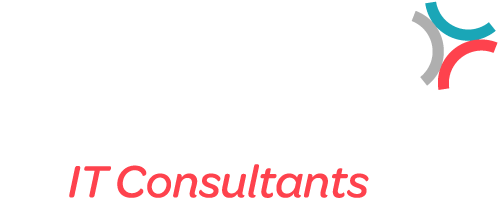How to select talent objectively
I want to talk a bit about unconscious bias, in particular its effects in the hiring process. I’ve been recruiting in various capacities for 25 years. If someone was to ask me 15 years ago, if I was good at selecting talent; or, if I had a nose for uncovering someone’s potential; I would have answered “Yes! Categorically! I’ve been doing this for 10 years, day in, day out!”. If I was asked that question now, I would be a lot less confident in my ability. Why’s this? Have I got worse at my job? I don’t believe so, in fact, I like to think I’ve become better. What I didn’t realise 15 years ago was the extent to which I was affected by my own unconscious bias. Furthermore, I didn’t realise how much this unconscious bias was impeding the success and growth of my business.
We often hear expressions like; “you only get once chance to make a first impression” or “initial impressions are formed in the first 15 seconds of meeting someone”. These expressions were often used to emphasise the importance for a candidate to make a good first impression at a job interview. What we don’t talk about is that damage that quickly forming an opinion or impression on a candidate can do to the hiring process for an organisation. There is some strong research which shows that often, hirers will form an opinion on a potential worker within the first minute of an interview and spend the rest of the interview forming questions which help them to confirm that their initial assessment was correct. The idea of this is terrifying for the health of an organisation’s workforce.
So, what is unconscious bias?
Unconscious bias refers to the attitudes or stereotypes that affect our understanding, actions, and decisions in an unconscious manner. These biases can be formed through societal conditioning and they can influence our behaviour without our conscious mind being aware.
Unconscious bias is believed to be rife and pervasive in society. Numerous studies have shown that people from all backgrounds and walks of life can harbour unconscious biases, even if they consciously hold egalitarian beliefs. These biases can manifest in various forms, such as racial bias, gender bias, age bias, experience bias and many others.
Research has demonstrated that unconscious bias can impact various domains, including employment decisions, hiring practices, educational opportunities, and even criminal justice proceedings. For example, studies have shown that identical resumes with different names (one associated with a traditionally white name and another with a traditionally ethnic name) can receive different responses, indicating bias in the hiring process.
Is unconscious bias affecting your team’s decisions?
It's really important to note that unconscious bias is not a damming inditement of an individual's character but more likely a reflection of the implicit associations that have been created via various cultural and social influences experienced over that person’s life. In fact, unconscious bias is completely natural and a result of our brain’s need to form heuristics (cognitive shortcuts) in order to make complex decisions quickly.
In the times of Trojans and Spartans, it is highly likely that if the average Spartan would have stumbled across a group of Trojans, their unconscious bias would have told them that these guys are bad news and should be avoided. This is obviously an extreme example, but this is happening on a smaller scale to each and everyone of us, every day. These biases may, however, have significant consequences and contribute to systemic inequalities and discrimination. Complex decisions, such as how well some one will perform in your organisation, should probably not be influenced by such a primitive method.
Mitigating the effects
Acknowledging and recognizing the existence of unconscious bias, and the likelihood that it is affecting a lot of our decision making, is the first step in mitigating its effects.
So, once you’ve acknowledged that your judgment may be flawed, what do you do? Within our organisation, we decided to reorder our selection process. For many years we have utilised assessments to profile personalities and assess aptitude. However, these assessments often followed the interview. At this point, the unconscious bias had already had a chance to influence the decision-making process. Nowadays, we start with the assessments process and follow with a structured (graded) interview and finally an informal interview. This process still leads to some unconscious bias; however, this time the bias is formed using hard data and not intuition or sub-conscious feelings about age, race, experience or sex.
Over the upcoming weeks, I will cover in more detail the effectiveness of various selection methods and demonstrate why we found this approach to be the most effective.


About the author
Meet the author
CEO and Founder of Coba IT